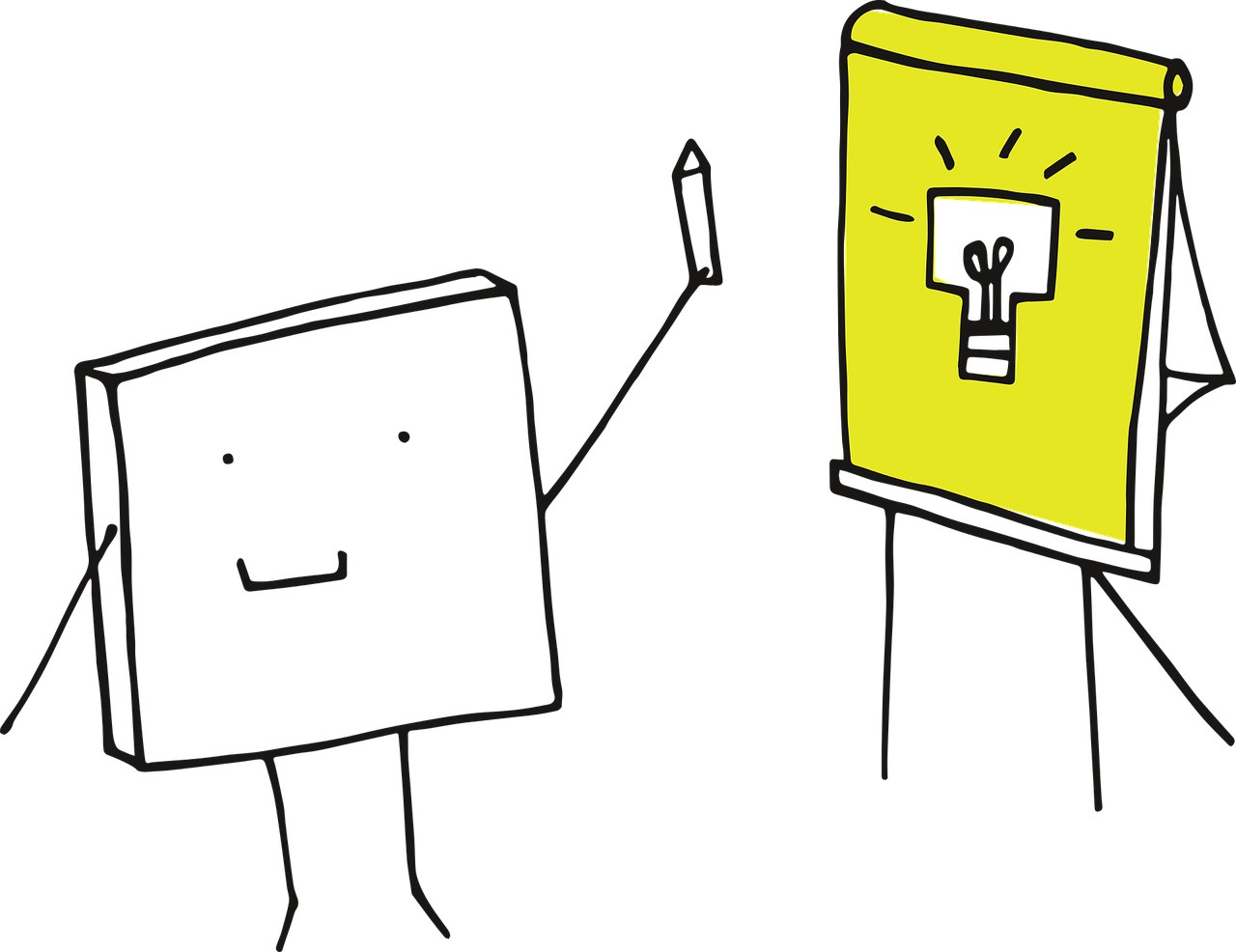
It is Not Easy to Design Corporate Training that Works
In the 1970s, the ADDIE model for instructional development was a standard of most training strategies. The acronym stood and advocated for Analysis, Design, Development, Implementation, and Evaluation in that order.
But not all of us think, work, learn, or behave in a linear fashion like this very structured model. In fact, one of our most experienced and successful instructional designers combines divergent and convergent thinking with engineering and a more artistic workflow. It is much better aligned to his creative process and has helped many instructional designers to design corporate training that is effective.
Here’s How It Works
He uses the metaphor of sitting in front of four shoe boxes labeled objectives, activities, content, and performance test items. As he designs a learning solution and thinks of potential ideas, he writes them down and categorizes them in the appropriate box. Sometimes he comes up with lots of content. Sometimes, he generates several ideas for experiential training activities. This is his divergent thinking phase.
From time to time, he balances the divergent thinking sprees with disciplined convergent alignment activities. He makes sure that for every index card in one shoe box, there are corresponding index cards in the other boxes.
An Example in His Own Words
This example shows how he fills the boxes labeled Objectives, Activities, Content and Test Items to end up with a training design that is both innovative and effective.
Content
“I am currently designing a training package on conflict management. During a recent flight to Denver, I read an article about the differences in the way men and women communicate. I wrote down the content topic of gender differences in conflict resolution on one of my mental index cards and threw it in my content shoe box.
Later, I pored over a copy of Deborah Tannen’s book, went on a Google rampage, talked to a few researchers, and came up with a checklist on how to use appropriate communication strategies when managing a conflict with a person of the other gender. After I got my content shoe box overflowing, I looped back to fill the other boxes.”
Training Objective
“The content suggested a training objective: Adapt to the differences in conflict-management patterns between men and women. This suggested a role play exercise as a training activity.”
Training Activity
“Two people role play the same conflict scenario in three different ways: both as men, both as women, and one as a man and the other as a woman. I also came up with the idea for a final test.”
Test
“Another role play with a new scenario to be scored with an objective rating scale.”
The Process
Start with any one of the four components (objective, content, activity, and test item) and pursue the idea to wherever it leads you. From time to time, stop meandering around and align what you have in the shoe boxes either by creating suitable items for the other boxes or by throwing some unaligned items out.
The Principle
Aligning the four components of a training package is a powerful instructional design principle that has been clearly articulated by educators, trainers, and designers. Your creative design efforts don’t have to reflect the final structure of the training package. Go wherever you want but remember to line things up from time to time. And when you are ready to hand over your training package to your client, other trainers, or participants in your workshop, make sure that the structure of your training is saliently displayed.
The Bottom Line
There isn’t just one way to design training that works. But you do need to cover all the bases in the end, and the instructional design components need to work together. Gather your inspirations for content, activities and tests and align them so they meet clear business and learning objectives. Ready, set, go!
To learn more about how to design corporate training that works, download Top Instructional Design Tips from the Field
Explore real world results for clients like you striving to create higher performance